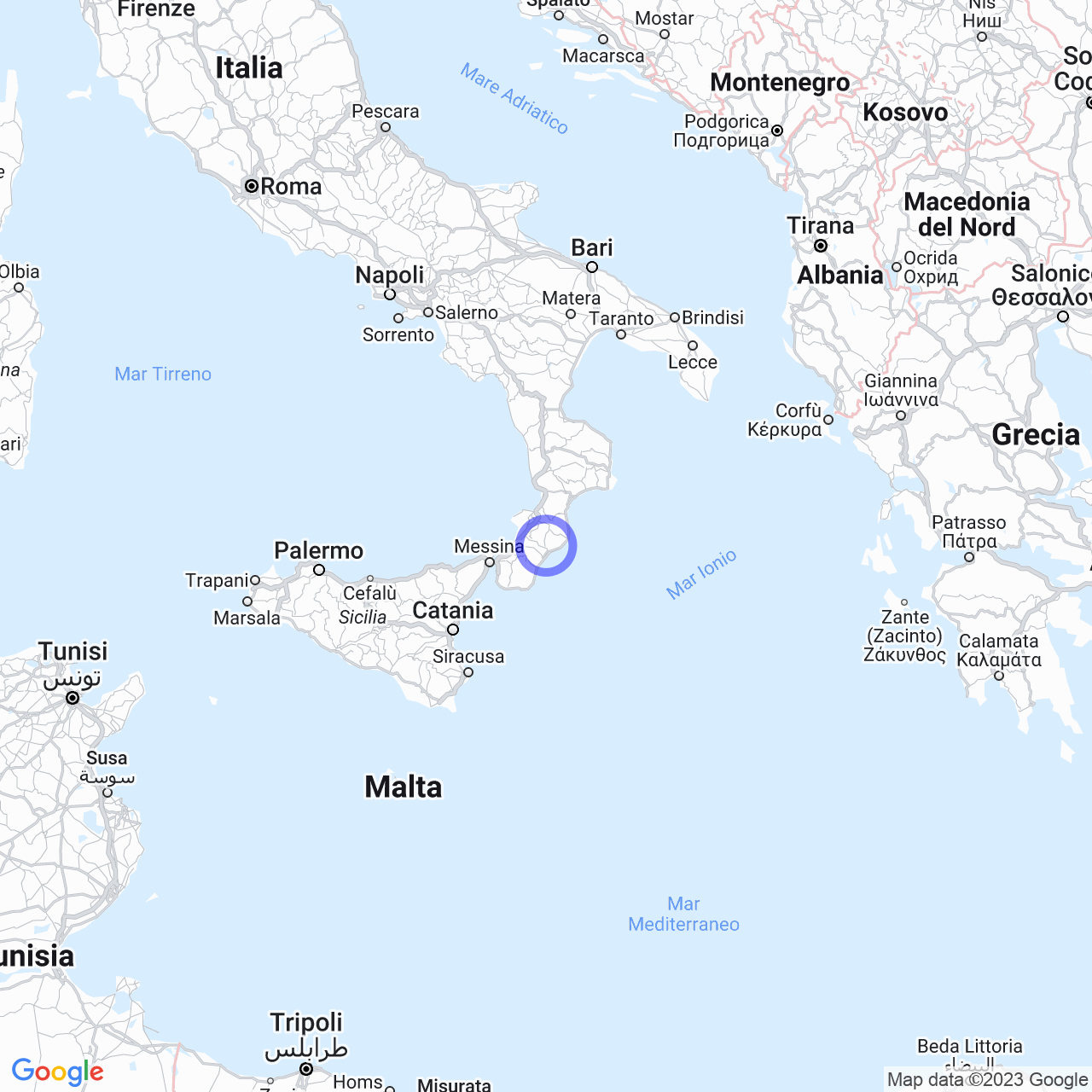San Giovanni di Gerace
Welcome to Locri: the city of sun and history
If you are looking for a tourist destination for your vacation, you should know that the city of Locri, in Calabria, is a very attractive destination. This small town of just over 11,000 inhabitants, located in the Piana di Gioia Tauro, where the Aspromonte, the Ionian Sea and the Amendolea river meet, is a destination with an ancient history behind it and a beautiful and clean sea. We invite you to discover with us the places of interest and the natural beauties of this tourist destination, which offers everything you need to spend a vacation of relaxation, fun and culture.
Physical geography
Locri overlooks the Calabrian Ionian coast, a few steps from the Aspromonte National Park, and enjoys an unparalleled view of the crystal clear sea and the green mountains of Calabria. The Locri territory is rich in citrus orchards, olive groves and ancient vineyards, which give the area an authentic and unmistakable charm. Its beaches are among the most beautiful on the entire Calabrian Ionian coast, thanks to the presence of lush Mediterranean vegetation and white sand.

Origin of the name
The city of Locri Epizefiri, founded by the Locrians in the 7th century BC, gave its name to the small town of Locri that now stands between the Ionian coast and the massif of Aspromonte. In Roman times, Locri Epizefiri was conquered by the Romans and the city was abandoned due to malaria and Saracen and Turkish raids. The population moved to the hills of the hinterland, where the village of Gerace will rise. In the 19th century, Gerace Marina developed thanks to the advent of the Jonian railway and became one of the main commercial centers of the area. In 1934 Gerace Marina became Locri and discovered that it was the direct heir of the glorious Locri Epizefiri.
History
The history of Locri is very ancient and testifies to the numerous dominations that have left their mark on the city. In the archaeological site of Locri Epizefiri, the remains of the Magna Graecia civilization and the Roman era can still be admired. The city of Locri has been involved, over the centuries, in many historical events, including barbarian invasions, Byzantine, Aragonese and Spanish domination. With the birth of the Kingdom of Italy, Locri enters a phase of development and economic growth that continues to this day.
Monuments and places of interest
The city of Locri is rich in monuments and archaeological sites that make it an excellent tourist destination for lovers of history and art. The archaeological site of Locri Epizefiri, just 3 km from Locri, is known throughout the world for its important archaeological finds from the Magna Graecia and Roman periods. Here you can admire the city walls, the Greek theater and the Greek temple. Among the other places of interest are the Church of San Giuseppe, built in 1667, the Carafa Castle of Roccella Jonica, built in 1484, the Palace of Prince Ruffo di Calabria, built in the 18th century, and the National Museum of Locri, which exhibits thousands of artifacts from the pre-Hellenic, Magna Graecia and Roman eras.
Archaeological sites
The archaeological site of Locri Epizefiri is a place of great historical and cultural importance, where you can admire the remains of the Magna Graecia city. The site still preserves a significant part of the ancient city walls, the Greek theater and the Greek temple. In the archaeological museum of Locri, on the other hand, it is possible to admire thousands of ancient artifacts, including statuettes, vases, coins and inscriptions in ancient Greek.
Conclusion
As we have seen, the city of Locri is an ideal tourist destination for those who love history, art and the natural beauties of nature. Calabria offers, in fact, an extraordinary historical and cultural heritage, which integrates perfectly with the wonders of nature, including beaches, mountains and lakes. We invite you, therefore, to organize your next vacation in the city of Locri and to discover the authentic charm of Calabria.
